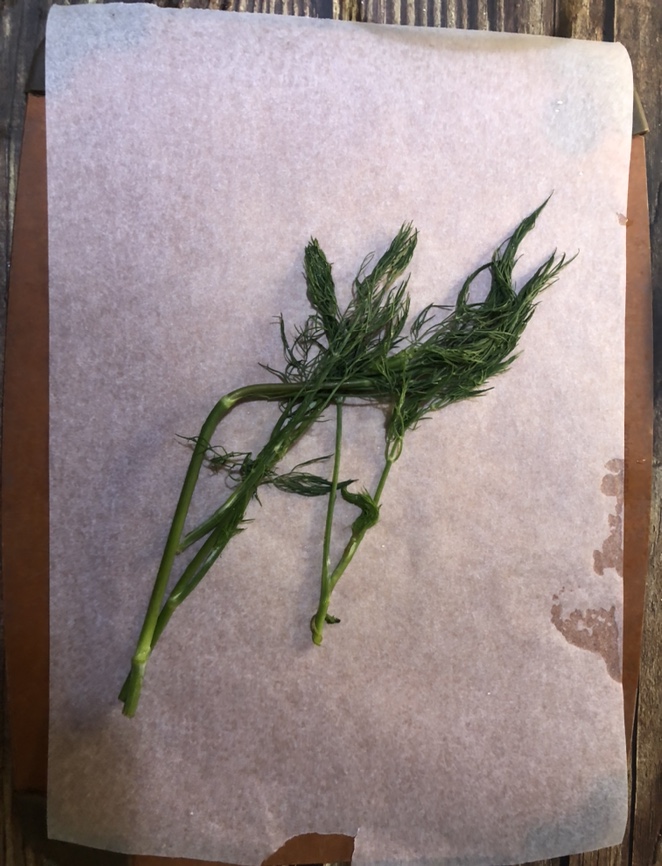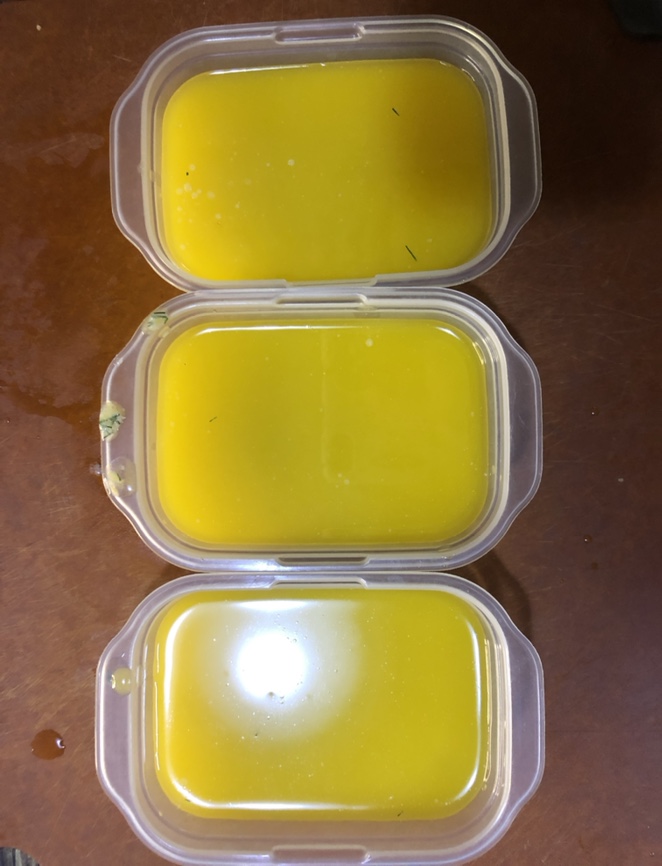
I live by myself. Making lemon butter made by Key
On "I Live Alone", SHINee member Key made lemon dill butter I heard that it's really good to eat steak and bread on SNS, so I made it
6 serving
Within 30 minutes

냥삼
- Ingredients
-
-
Butter450g
-
Lemon2ea
-
Deal20g
-
Salt
-
- Cooking Steps
-
STEP 1/13First, cream the butter. In other recipes, butter should be kept at room temperature and left until soft, but I didn't want to wait long, so I melted it in a medium bath
 STEP 2/13If it's a salt-free butter, make sure to add salt I put in about 2/3 spoons of 450g. You don't have to put it in if it's a dyeing butter.
STEP 2/13If it's a salt-free butter, make sure to add salt I put in about 2/3 spoons of 450g. You don't have to put it in if it's a dyeing butter. STEP 3/13I need to wash the lemon well, right? Add a spoonful of baking soda and soak it in water and rub it with thick salt to remove any foreign substances and pesticides left on the outside.
STEP 3/13I need to wash the lemon well, right? Add a spoonful of baking soda and soak it in water and rub it with thick salt to remove any foreign substances and pesticides left on the outside. STEP 4/13Wash the dill in running water and remove the moisture. Press it down with a kitchen towel
STEP 4/13Wash the dill in running water and remove the moisture. Press it down with a kitchen towel STEP 5/13I won't use the stem, so please remove the stem and leave only the leaves
STEP 5/13I won't use the stem, so please remove the stem and leave only the leaves STEP 6/13Cut it into a size slightly smaller than your little nail so that it's not too long.
STEP 6/13Cut it into a size slightly smaller than your little nail so that it's not too long. STEP 7/13Make sure that melted butter does not boil too much If it's almost 90% melted and lumpy, you can turn off the heat and melt it with residual heat
STEP 7/13Make sure that melted butter does not boil too much If it's almost 90% melted and lumpy, you can turn off the heat and melt it with residual heat STEP 8/13Prepare an ice pack and let the butter cool until it hardens and becomes soft custard
STEP 8/13Prepare an ice pack and let the butter cool until it hardens and becomes soft custard STEP 9/13When butter hardens to custard cream, add chopped dill
STEP 9/13When butter hardens to custard cream, add chopped dill STEP 10/13Grind only the yellow part of the washed lemon and add the zest If there's a lot of white parts, it'll get used, so be careful
STEP 10/13Grind only the yellow part of the washed lemon and add the zest If there's a lot of white parts, it'll get used, so be careful STEP 11/13You can add a spoon of lemon juice to your taste
STEP 11/13You can add a spoon of lemon juice to your taste STEP 12/13Pour it into a small container and put the dill on the top again. Use it after hardening in the refrigerator/freezer
STEP 12/13Pour it into a small container and put the dill on the top again. Use it after hardening in the refrigerator/freezer
 STEP 13/13If you put it in the ice mold and freeze it, it's good not to get it on the knife This is also a deal.
STEP 13/13If you put it in the ice mold and freeze it, it's good not to get it on the knife This is also a deal.
 Of course, the fermented butter has a better flavor, but I used the anchor butter that I used often baking Even if I try a lot of butter, Anchor Butter is the most plain, savory, and light
Of course, the fermented butter has a better flavor, but I used the anchor butter that I used often baking Even if I try a lot of butter, Anchor Butter is the most plain, savory, and light
- Kimchi Recommended recipe
-
-
1
 Strong side dish Chonggak Kimchi (2-tier recipe)4.93(55)
Strong side dish Chonggak Kimchi (2-tier recipe)4.93(55) -
2
 It's easy to copy. Nabak-mul-kimchi4.88(40)
It's easy to copy. Nabak-mul-kimchi4.88(40) -
3
 Chef Baek makes tofu kimchi!!!!!4.96(138)
Chef Baek makes tofu kimchi!!!!!4.96(138) -
4
 [Simple bossam kimchi] Anyone can do it!4.94(218)
[Simple bossam kimchi] Anyone can do it!4.94(218)
-
- Japchae Recommended recipe
-
-
1
 Making crunchy bean sprout japchae!4.76(17)
Making crunchy bean sprout japchae!4.76(17) -
2
 Crunchy! Spicy! Taste that you keep eating Spicy bean sprouts4.60(15)
Crunchy! Spicy! Taste that you keep eating Spicy bean sprouts4.60(15) -
3
 Red pepper japchae. Golden recipe for red pepper japchae4.97(38)
Red pepper japchae. Golden recipe for red pepper japchae4.97(38) -
4
 How to make japchae delicious so that it doesn't get soggy4.92(247)
How to make japchae delicious so that it doesn't get soggy4.92(247)
-